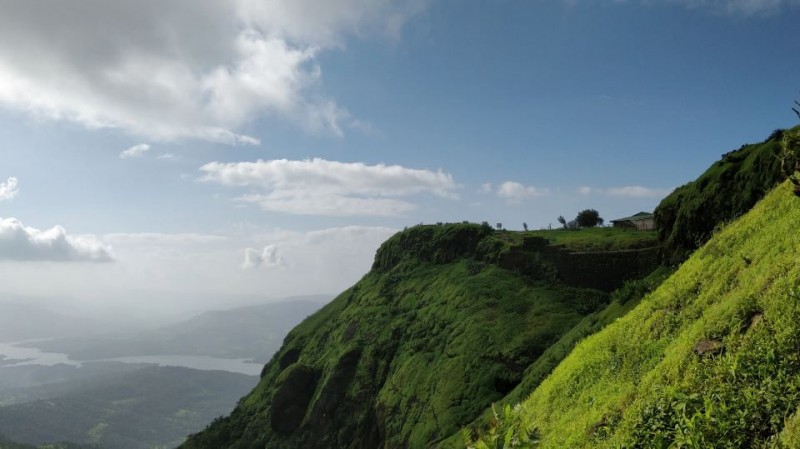
The arrival of the monsoon season in India brings with it a mixed bag of experiences. While it offers respite from the scorching summer heat, it also poses significant challenges, especially in certain regions prone to heavy rainfall, landslides, and floods. This article delves into some of these areas and suggests safer alternatives for travelers during the monsoon.
Risky Destinations
Amboli, Maharashtra
Why risky: Amboli is known for receiving the highest rainfall in Maharashtra. Situated amidst dense forests, high mountains, and numerous waterfalls, it becomes particularly hazardous during the peak monsoon months of July and August. The region is susceptible to landslides and road blockages due to heavy rains.
Alternative: Consider visiting Amboli during the drier months, such as February to April, to enjoy its natural beauty without the risk of being caught in torrential downpours.
Cherrapunji, Meghalaya
Why risky: Cherrapunji holds the record for being one of the wettest places on earth. During the monsoon, the region experiences relentless rainfall, leading to high humidity and foggy conditions. This can make travel challenging and uncomfortable.
Alternative: Explore Cherrapunji during the winter months (November to February) when the weather is cooler and drier, offering clearer views of its stunning landscapes.
Odisha
Why risky: Odisha is prone to floods and waterlogging during the monsoon season. Heavy rainfall often leads to disruptions in transportation and power supply, affecting both residents and travelers.
Alternative: Visit Odisha during the post-monsoon period (October to December) when the weather is pleasant, and the risk of floods is significantly reduced.
Uttarakhand
Why risky: Uttarakhand, known for its picturesque valleys and mountainous terrain, becomes hazardous during the monsoon due to the possibility of cloud bursts and landslides. Roads can become treacherous and communication lines disrupted.
Alternative: Plan your trip to Uttarakhand during the summer months (April to June) or early autumn (September) when the weather is generally stable and ideal for exploring the region safely.
Safety Tips for Monsoon Travel
Check weather forecasts: Always stay updated with the latest weather forecasts for your destination and surrounding areas.
Pack essentials: Carry rain gear, sturdy footwear, and essential medications to prepare for unexpected weather conditions.
Choose accommodations wisely: Opt for accommodations located in safer areas away from rivers, hillsides, or landslide-prone regions.
Stay informed: Be aware of local emergency contacts and evacuation procedures in case of natural disasters.
While the monsoon season can create a magical ambiance in many parts of India, it's crucial to prioritize safety when planning your travels. By avoiding high-risk destinations during peak monsoon periods and opting for safer alternatives or visiting during drier seasons, you can ensure a pleasant and memorable trip without compromising on safety. Always plan ahead, stay informed, and adapt your itinerary to enjoy the beauty of India's monsoon responsibly.
Drink These 3 Juices to Help with Erectile Dysfunction
Start Your Day Right: 4 Morning Habits to Do on an Empty Stomach
BFUHS Recruitment 2024: Apply Online for 120 Staff Nurse Vacancies